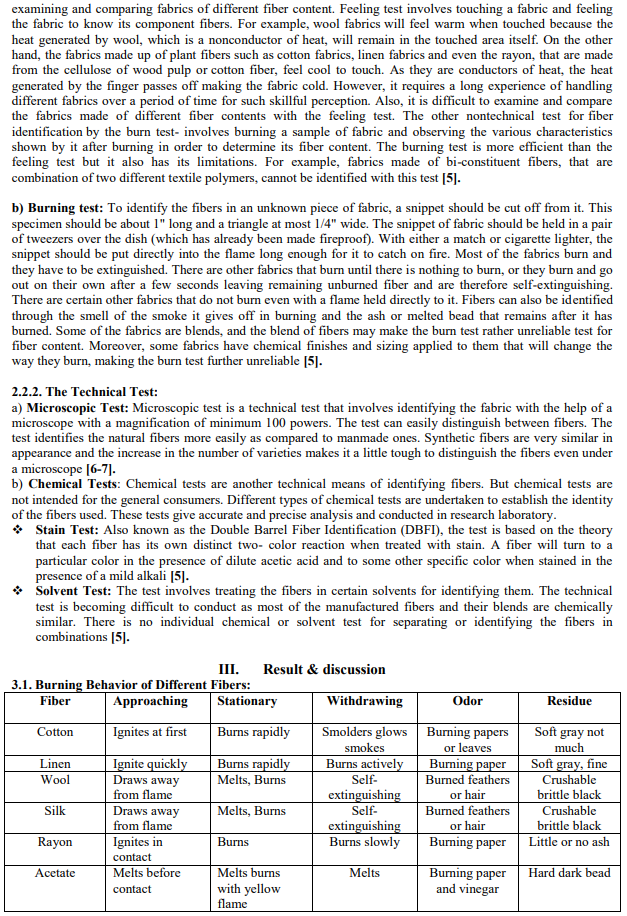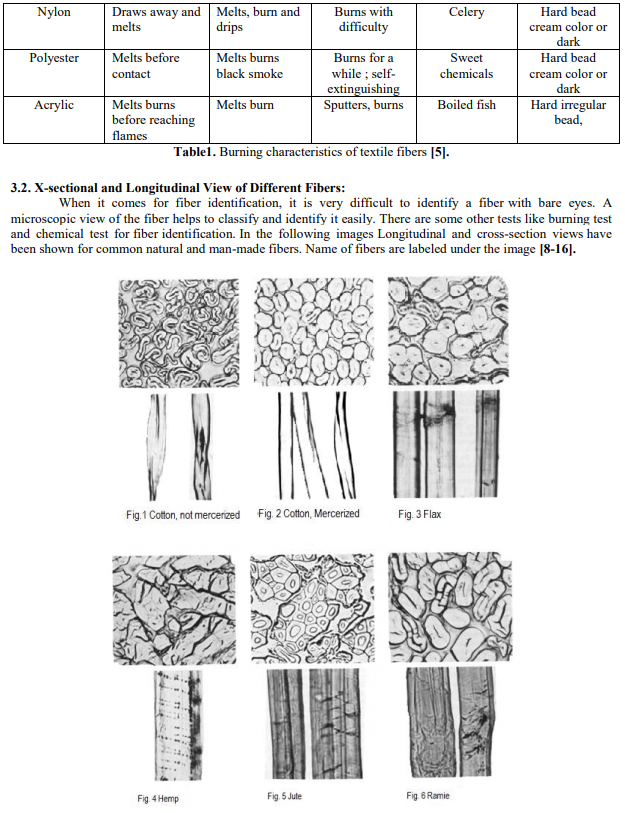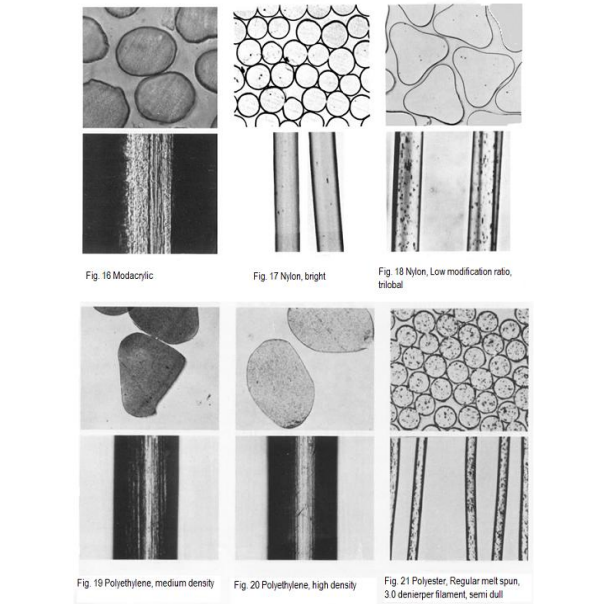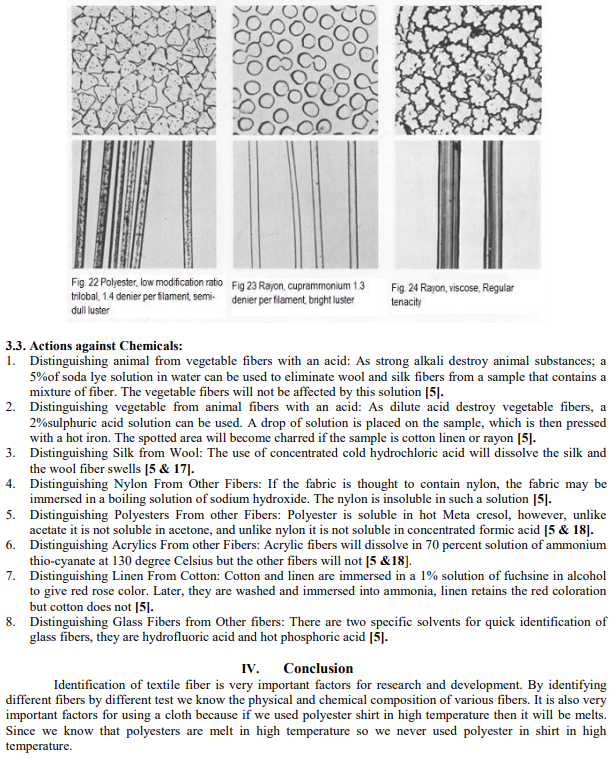
NewsInformation Center
Identification Method of Textile Fiber Materials
2019/08/02
The strategy of identification varied with the purpose (choice of treatment, assessment of damage or identification of its cause, or authentication) but most of all with the condition of the fibers. Fibers from ethnographic or archaeological sources tend to be aged, and are sometimes fragmentary or decayed, fossilized or charred. With fibers in such condition, the simpler methods of preparation for microscopic observation were found more successful than the classical biological methods of soaking, clearing and staining. Not all fibers could be identified. Fur fibers from characteristic areas of the pelt were usually diagnostic as to species as well as to genus [1]. Vegetable fibers were often not morphologically specific to species. Unless “guide elements” were present, or special limitations on species distribution were known, the identification of the genus of a vegetable fiber was often the best that could be done. Instructions for an optical test for flax, and a report form for the observation of fur and wool fibers, are included. The identification of fibers in archaeological and ethnographic objects in practice is a great deal more difficult than the texts on fiber identification lead one to believe.





Conclusion:





Conclusion:
Identification of textile fiber is very important factors for research and development. By identifying different fibers by different test we know the physical and chemical composition of various fibers. It is also very important factors for using a cloth because if we used polyester shirt in high temperature then it will be melts.
Since we know that polyesters are melt in high temperature so we never used polyester in shirt in high temperature.
Previous: Identifying Fibers and Fabrics
N e x t : Main methods and tests for measuring fabric abrasion



